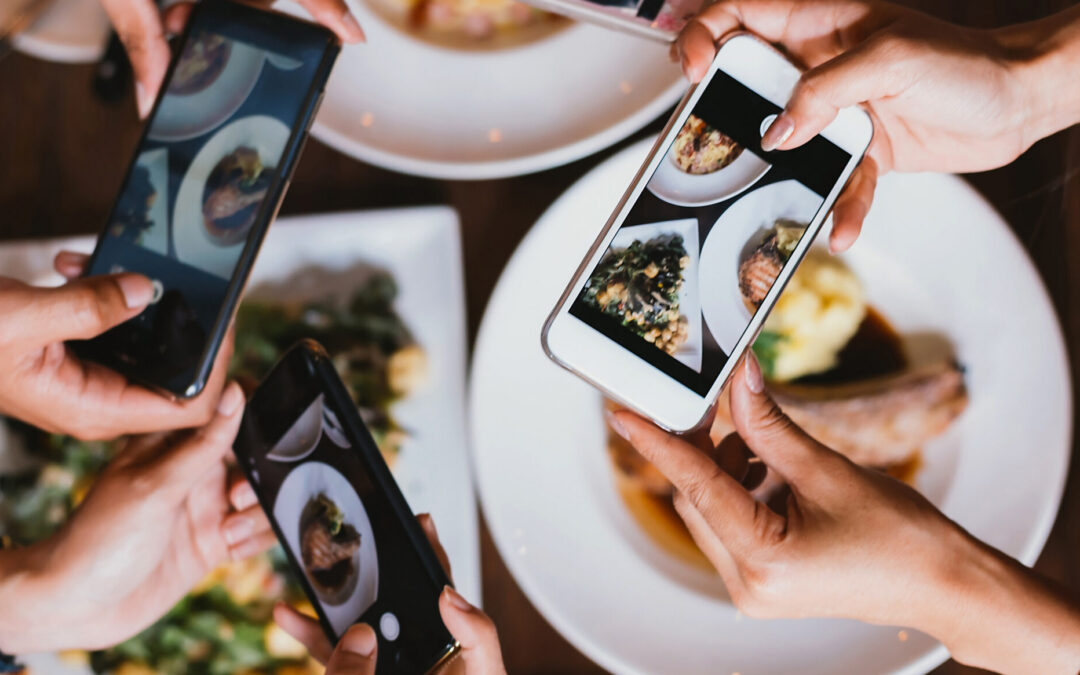Sandwiches have officially left lunch behind and entered the realm of culinary experiences. Restaurant-quality sandwiches are commanding $15-20 price tags and drawing queues that would make theme parks jealous. From London’s Sandwich Sandwich to New York’s Seven Brothers Gourmet, elaborate creations are going viral on social media and reshaping what people expect from food between bread. The humble sandwich stopped being convenient fuel and became something worth waiting (and paying premium prices) for.
The OTT Sandwich Revolution
This isn’t about artisanal bread and nice cheese, though those elements are present. The new wave of sandwich shops are creating over-the-top constructions that prioritize spectacle alongside flavor. Multiple meats, inventive sauces, unexpected textures, Instagram-worthy presentation – these sandwiches aim to be memorable experiences rather than forgettable lunches.
London’s Sandwich Sandwich drew massive queues when it opened, with people waiting an hour or more for elaborate creations that push the boundaries of what belongs between two pieces of bread. Rogue Sarnies and Dom’s Subs built cult followings for their restaurant-level sandwiches. Manchester has Fat Pat’s. Leeds has Silver’s deli. The trend is spreading rapidly across cities.
In New York, Seven Brothers Gourmet created social media storms with innovations like the pickle sandwich – where a giant sliced pickle replaced the bread entirely. The chopped sandwich trend on TikTok saw creators meticulously dicing sandwich ingredients into tiny pieces before mixing and eating. These aren’t subtle variations. They’re attention-grabbing reinventions designed to spark conversation and sharing.

The Social Media Effect
The explosive growth of premium sandwiches traces directly to how well they perform on social media. A towering sandwich with layers of colorful ingredients, sauces dripping down the sides, and dramatic cross-sections revealing its architecture – that’s content gold. New creations can instantly go viral, driving huge foot traffic and sales.
For sandwich shops, going viral is part of the business model. Creating shareable moments justifies premium pricing and builds brand awareness faster than traditional marketing ever could. Every customer who photographs their sandwich and posts it becomes free advertising reaching thousands of people.
The visual arms race pushes shops toward increasingly elaborate presentations. If your competitors are creating Instagram-worthy sandwiches, you need to match or exceed that visual impact. The result is sandwiches that prioritize appearance alongside taste, with ingredients chosen partly for how they photograph.

Not Everyone’s On Board
The backlash is real and loud. Many people view $18 sandwiches as peak food culture excess, symptomatic of wealth inequality and priorities run amok. Why pay restaurant prices for what should be simple, affordable food? The criticism has merit – when sandwiches cost as much as sit-down meals used to, something has shifted in food economics and accessibility.
Traditionalists argue that complicating sandwiches misses their purpose as quick, simple, satisfying meals. The elaborate constructions often fall apart while eating, requiring utensils and undermining the hand-held convenience that defines sandwiches. Form is prioritizing over function in ways that degrade the actual eating experience.
Cost of living concerns make premium sandwiches feel tone-deaf. When many people struggle to afford groceries, watching others pay $18 for lunch creates resentment and highlights economic divisions. Food that was once democratic – everyone could afford a good sandwich – has become stratified like everything else.
The Market Reality
Despite criticism, the premium sandwich market is expanding rapidly. Sandwich Sandwich plans to open what they’re calling the “biggest sandwich shop in the UK” in London’s Fenchurch Street. Milan’s legendary De Santis paninis are arriving in London. American chains are exploring international expansion. Investment money is flowing into the category.
The trend reflects broader shifts in how people relate to food. Younger consumers especially prioritize experiences over possessions, and food has become a primary category for experiential consumption. Social media created new incentives around shareable food experiences. And enough people have disposable income to support premium pricing in categories that were traditionally affordable.
Will $18 sandwiches become normalized the way $7 lattes did? Or will the market correct as novelty fades? The answer probably depends on broader economic trends and how long social media continues rewarding OTT food content. For now, premium sandwiches are having their moment, and shops are capitalizing while it lasts.


